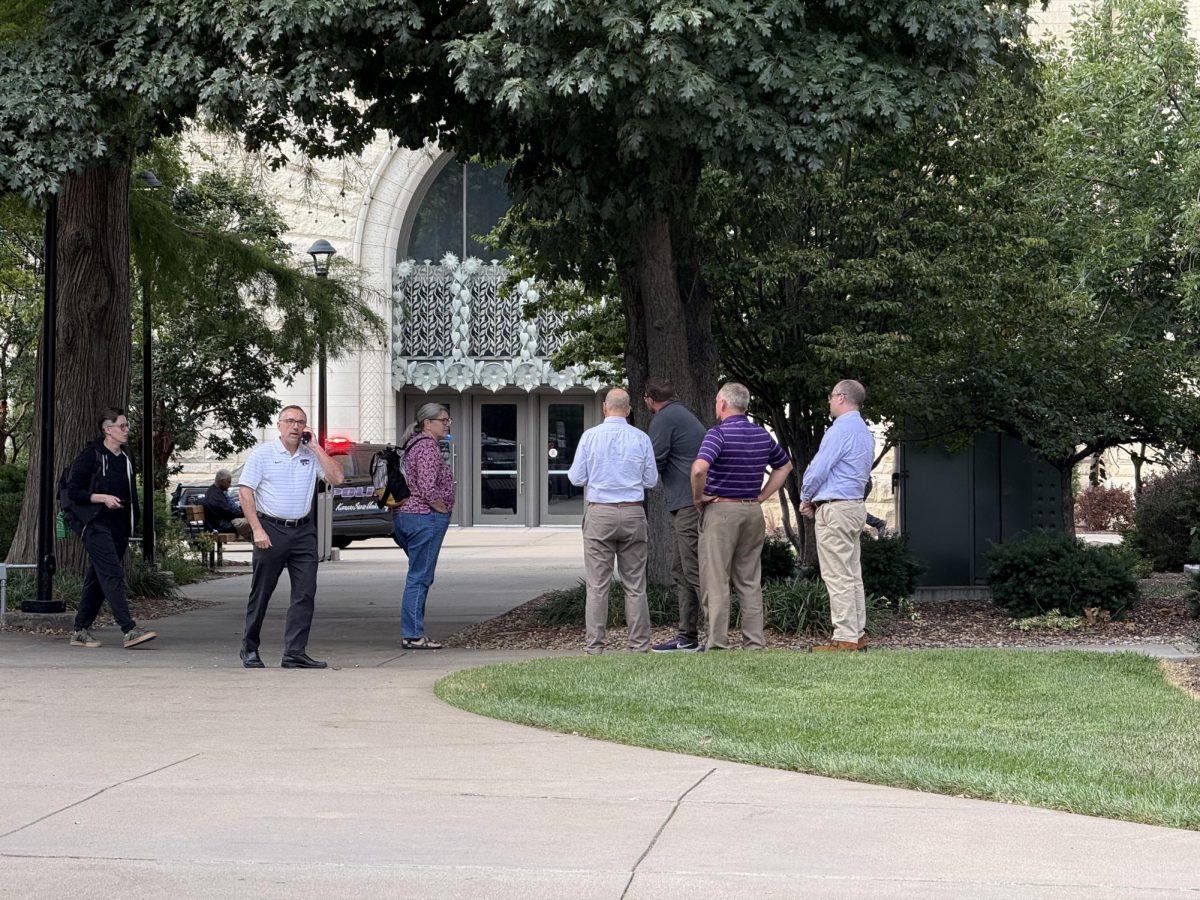Seasonal burning in Manhattan maintains environments by removing invasive species and easily flammable dry plants, and restoring nutrients to the soil, according to Riley County Fire District #1.
“Cedar trees are the biggest thing that we are dealing with, buck brush, just invasive plant species,” Doug Russell, deputy fire chief of operations, said. “That’s what prescribed fire does.”
According to the Great Plains Fire Science Exchange, prescribed fire “reduces wildfire intensity, improves animal performance and increases forage quantity, quality, height and density.”
Rowdy Kuntz, sophomore in marketing, said he saw field burns get out of control on his family ranch in Abilene, Kansas.
“It [fire] can get away from you,” Kuntz said. “It can jump. Like if you’re burning against a road or something and the wind starts picking up it can jump over the road or into someone else’s pasture.”
Russell said he tells people to prepare for the worst to prevent wildfires.
“Try to have backup plans,” Russel said. “Call early. If you think that you’re losing control over your fire or it jumps even just a little bit, we’d rather send one or two trucks than you sit there for an hour or two trying to fight the fire and it’s grown to 300 acres and you still haven’t called.”
Vivienne Leyva, Riley County public information officer, said she recommends residents reach out to neighbors if they are new to prescribed burns.
“Talk to your neighbors,” Leyva said. “Offer to help them with a burn and see how it goes.”
Michelle Horstmeier, administrative assistant at the RCFD, said permits are required for prescribed fires and must be renewed each year for Riley County.
“The easiest way to do it is to apply online at our website www.rileycountyks.gov,” Horstmeier said. “You can also come into the office and get a paper application and fill that out.”
























































































































Bob • Apr 26, 2024 at 6:02 am
The are not necessary at all. It pollutes our environment and is an antiquated technique that needs to end. It reduces air quality and the use of it has zero natural benefits. Should be illegal.